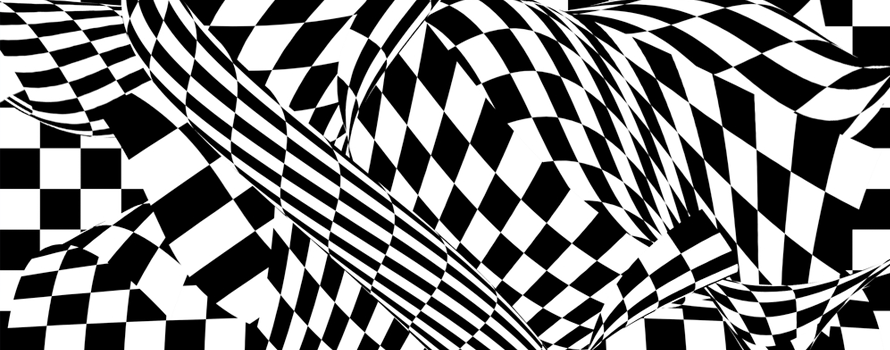
What is ‘binocular vision’?
Usually the brain gets images from both (bi) eyes (ocular) at the same time. The brain combines the two images into one, to make vision.
However, the images that the brain gets from the eyes are slightly different from each other. The brain uses these small differences to work out how far away an object is. This is called ‘depth perception’.
The brain can also help to work out how quickly an object is moving to or from a person. This is a type of ‘movement perception’.
What causes loss of normal binocular vision?
There are lots of reasons why binocular vision might become reduced or lost altogether. These include:
Reduced vision in one eye
Loss of coordination of movement between the two eyes (squint)
Problems with the brain comparing images from both eyes.
What does loss of binocular vision feel like?
If you close one eye you can see what loss of binocular vision is like. At arms length try pouring water into a glass or bringing two pencil ends on top of each. It is more difficult than when both eyes are open. This is because your skill in judging depth is poorer. With a bit of practice these tasks become easier. This is because there are many other clues that help in judging depth. These include the size of objects and the way shadows form on them.
Reduced vision in one eye
The brain needs clear images from each eye to compare any slight differences. The differences allow the brain to work out depth and speed of movement. If the sharpness of vision from one eye becomes poor the brain will be less able to do this. ‘Binocular vision’ will become poorer. If the image becomes very blurred binocular vision may become lost altogether.
Loss of co-ordination of movement between the two eyes
The brain needs more than one image of the same view to compare any slight differences. The differences allow the brain to work out depth and speed of movement. If the eyes do not point in the same direction then the views will be too different. The brain will be unable to work out depth and speed of movement. Binocular vision will be lost.
Squint or strabismus
When the eyes point in different directions it is called ‘squint or strabismus’. There are many different causes of squint. One of them is itself loss of binocular vision.
Problems with the brain comparing images from both eyes
There is a special part of the brain that compares the slight differences in the images coming from both eyes. If this bit of the brain does not develop properly or becomes damaged binocular vision may become lost. There are many different causes of poor development or damage to this part of the brain. Most of the time no cause can be identified.
How is someone diagnosed with binocular vision problems?
Poor or no binocular vision may be picked up during a vision-screening programme – for example at school. Parents may also notice that their child has difficulty judging distances or speed of approaching objects.
There are many different types of tests for binocular vision. The diagnosis can usually be confirmed during an examination by an ophthalmologist or orthoptist.
How do children show that they have binocular vision problems?
One of the main benefits of binocular vision is that you can judge depth and speed of objects well. Children with poor or no binocular vision can have difficulty with these tasks. This may lead to problems with:
- Pouring juice into a cup
- Catching or hitting fast moving balls
- Judging how quickly a car is approaching while crossing roads
- Walking up or down stairs
- At first, the child must take a bit more care when doing these things. But most children quickly learn new ways to judge depth and do not end up having too many difficulties.
However, there are certain jobs where good binocular vision is important and necessary. These include flying planes and performing surgical operations. Most jobs, however, do not require binocular vision.



